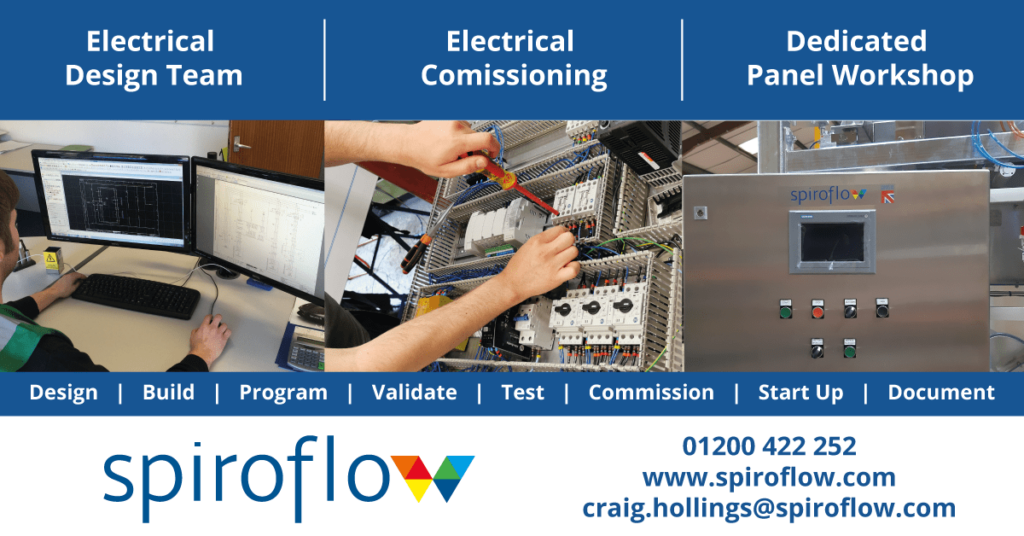Outsourcing with a build-to-print arrangement for the repeat supply of mechanical, electrical and pneumatic assemblies, or for complete machines or systems, built to your blueprint, can provide numerous benefits, and here’s why?
1. Focus on sales and development
It can enable customers to concentrate on the development of their key processes and the sales of their equipment.
2. Fixed costs
Once a build-to-print contract is agreed, the price paid for equipment is fixed, therefore the cost base is stable.
3. Additional capacity
Seasonal, economic or market trend peaks in demand can make it difficult for OEMs (Original Equipment Manufacturers) to organise resources efficiently. A build-to-print agreement gives the OEM flexibility and quick access to extra capacity when required.
A particular project may require specialist skills that the OEM does not maintain in-house. A build-to-print arrangement enables OEMs to access those specialist skills, such as a software engineer, on an hourly basis.
4. Reduced inventory/WIP
Controlling and limiting the amount of inventory carried is critical to all companies. By entering into a build-to-print agreement, inventory levels can be reduced, as here at Spiroflow we can hold a stock of component parts and finished goods. These would then be invoiced when they are delivered to site or after an agreed period, should the demand fall below an agreed minimum volume.
5. Commercial open book
We like to operate on a ‘Commercial Open Book’ basis. Suitable margins on materials, stock value coverage, labour rates and required man hours would be negotiated and agreed. We believe that by operating this way, both parties are able to respect the contributions being made and the combined resource of both parties can be employed to drive down bought-in material costs.
6. Margin on materials
The percentage margin applied to the materials is subject to the following criteria:
· Volume of units produced per annum
· The amount of component and finished goods stock we need to hold and over what period
· The length of the contract
We do not necessarily apply a fixed percentage rate to all of the bought in items. Split rates are frequently agreed with large value items being subject to a reduced percentage. Large value items can also be issued where no percentage margin is applied.
7. Labour
The number of hours is calculated and agreed with the customer, taking into account the following:
· Mechanical build hours
· Electrical build hours
· Test hours
For one-off or low volume build-to-print we can also allocate some labour to project management and the purchasing process. Labour rates are variable and depend on:
· The skills involved
· Volume of units produced per annum
· The length of the contract
8. And finally…client confidentiality
There are occasions when a customer will need to share confidential process information. Rest assured that in those circumstances, we are happy to enter into a formal non-disclosure agreement.
So what are you waiting for, contact us to discuss your next outsourced build-to-print project!







